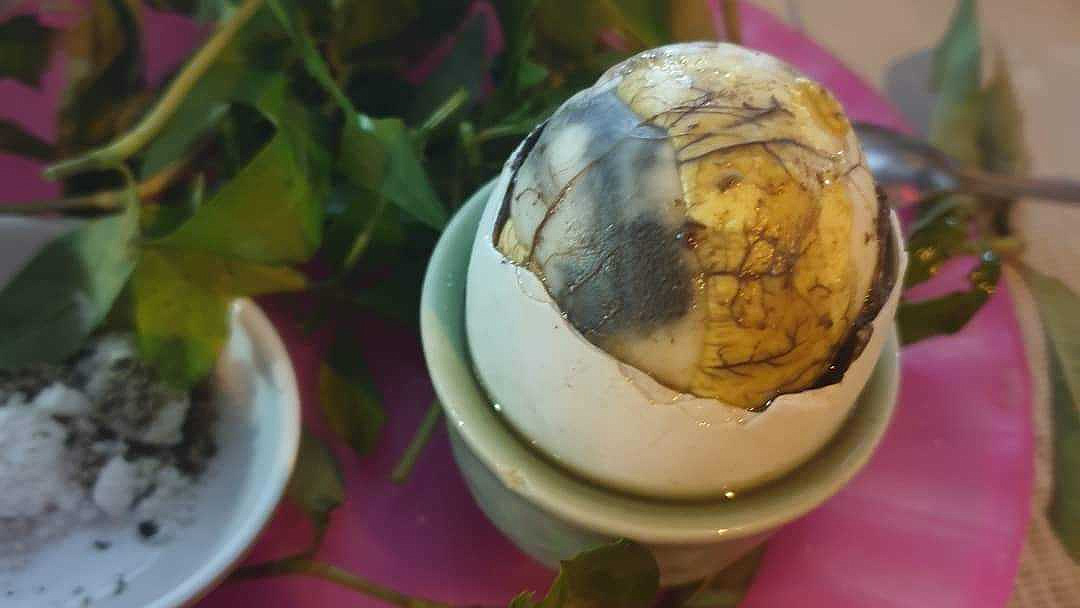Table of Contents
- Unveiling the Richness of Balut Street Food: A Culinary Adventure into the World of Fertilized Duck Eggs
- Ways and Ingredients to Make Balut
- The Culinary Adventure: Flavors and Textures
- Balut’s Nutritional Benefits
- Cultural Importance and Social Significance
- Balut in the Global Culinary Landscape
- The Ongoing Debate Surrounding Balut
- Conclusion
Unveiling the Richness of Balut Street Food: A Culinary Adventure into the World of Fertilized Duck Eggs
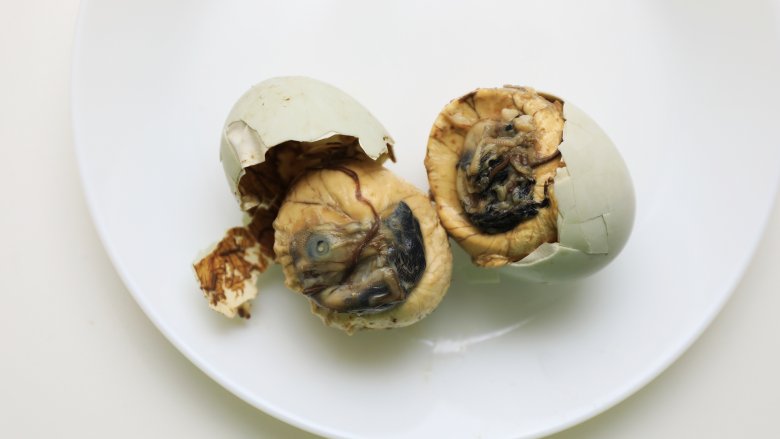
Photo source: https://www.mashed.com/158543/the-untold-truth-of-balut/
Balut street food, the iconic Filipino street food, has long been a symbol of culinary adventure, cultural identity, and social bonding. Originating from the Philippines, this unique dish has made its way onto the global culinary stage, eliciting both intrigue and debate. In this extensive exploration, we dissect the complexities of Balut, from its preparation and nutritional value to its cultural significance and global reception.
Understanding the Balut-Making Process
The journey of Balut begins with the careful selection of fertilized duck eggs. These Balut are incubated for a period ranging from 14 to 21 days, allowing the embryo to develop. The incubation process is a critical aspect of Balut preparation, as it determines the texture and flavor profile of the final product.
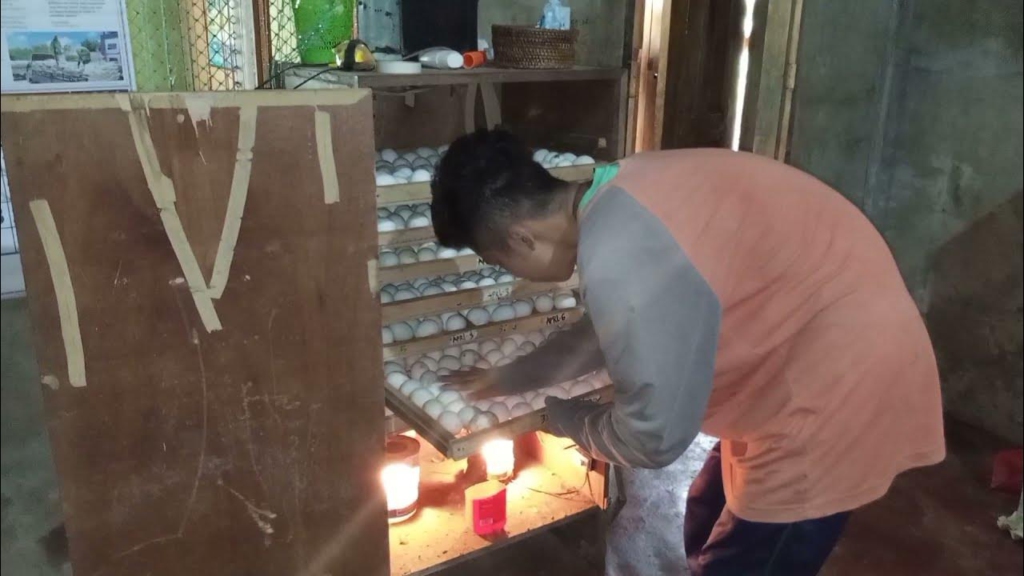
Photo source: http://tinyurl.com/5d5m3ant
Once the incubation period is complete, the eggs are either boiled or steamed. This crucial step transforms the fertilized duck egg into a multi-textured delight, with layers that include a flavorful broth, a tender duck embryo, and a solid egg white. The result is a culinary masterpiece that captivates the senses.
Ways and Ingredients to Make Balut
Ingredients:
- Fertilized duck eggs
- Water
- Salt
Equipment:
- Pot for boiling
- Towel or cloth
- Incubator (optional)
Instructions:
1.) Selecting Fertilized Duck Eggs
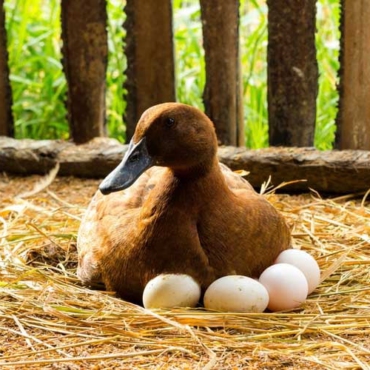
Photo source: https://www.thehappychickencoop.com/duck-eggs-everything-there-is-to-know/
Purchase fresh fertilized duck eggs from a reliable source. These eggs should ideally be no more than seven days old to ensure the viability of the embryo.
2.) Incubation (Optional)

Photo source: http://tinyurl.com/34r53dp2
If you have access to an incubator, place the fertilized eggs in it. Maintain a consistent temperature of around 37.5°C (99.5°F) and a humidity level of about 60-70%. Allow the eggs to incubate for 14 to 21 days, depending on your preference for the development of the embryo.
3.) Regular Turning
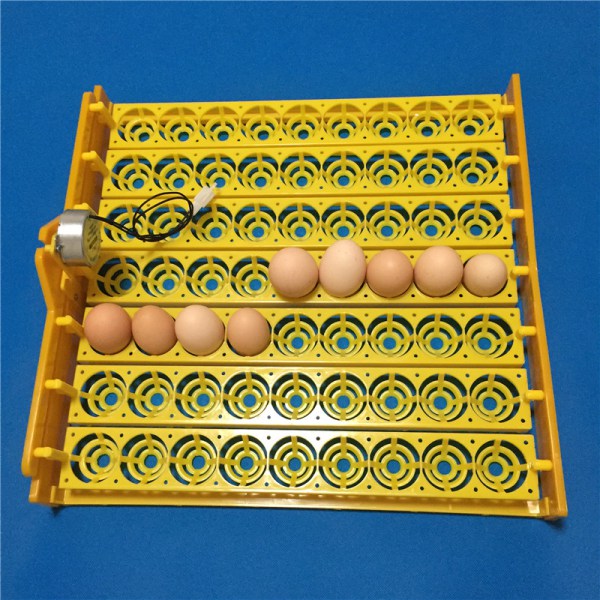
Photo source: http://tinyurl.com/45de743u
During incubation, turn the eggs regularly to prevent the embryo from sticking to the eggshell. Turning should be done at least three times a day.
4.) Balut Candling
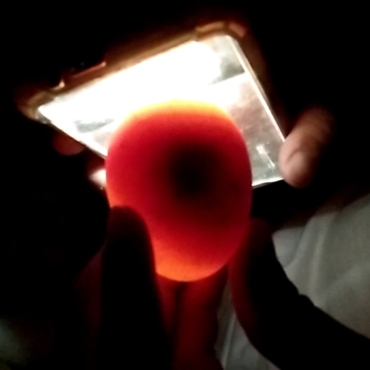
Photo source: http://tinyurl.com/ycxa4sft
If you have a candling device, you can check the development of the embryo by shining a light through the eggshell. This step is optional but can help you monitor the progress.
5.) Boiling Preparation
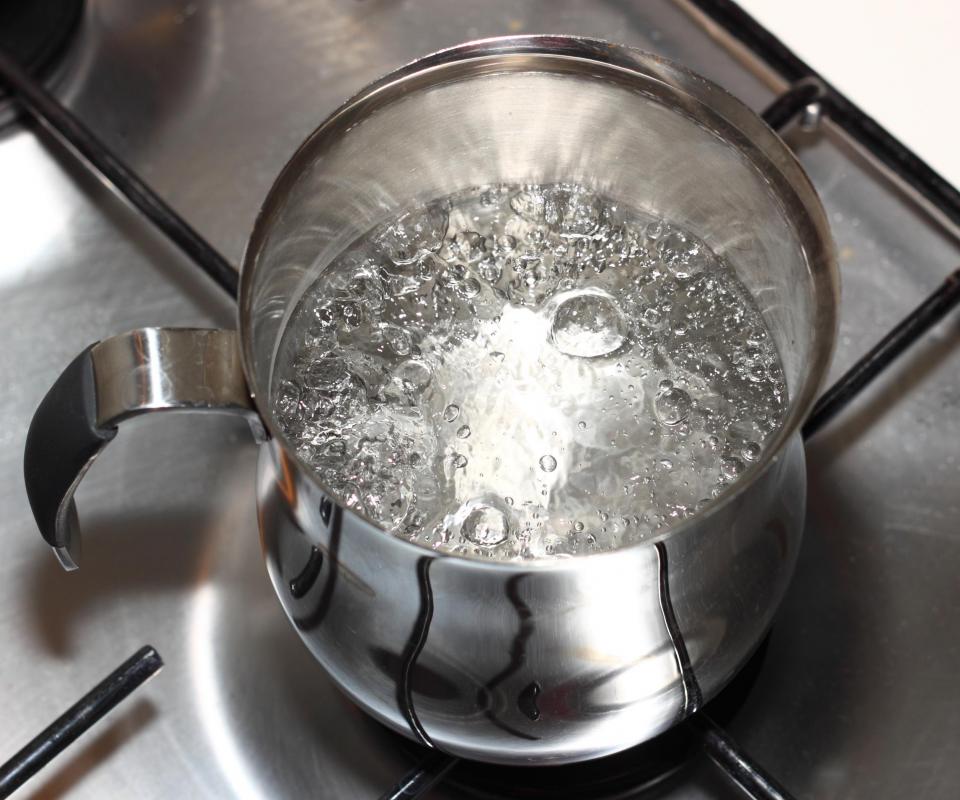
Photo source: http://tinyurl.com/2cxjxvuc
Before boiling, gently wash the fertilized eggs under running water to remove any dirt. Prepare a mixture of water and salt for boiling.
6. ) Boiling the Balut
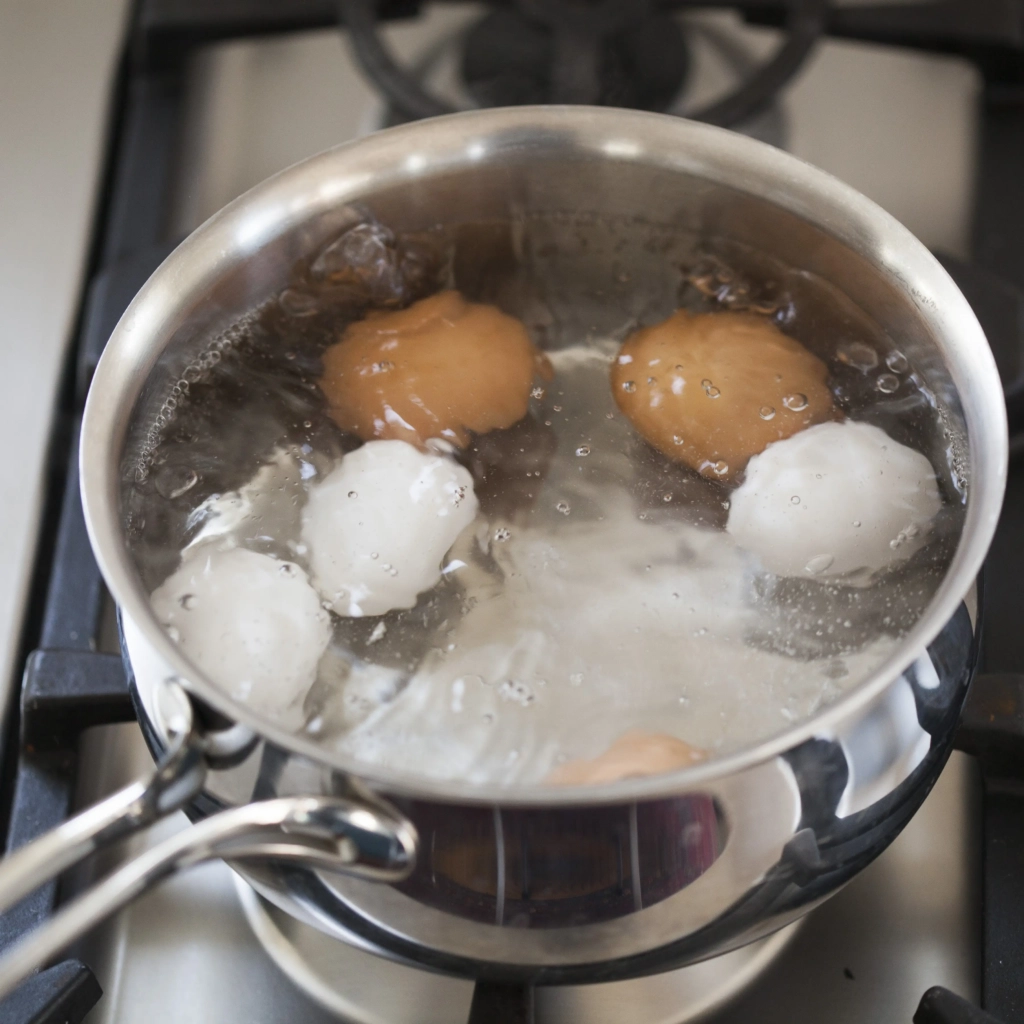
Photo source: http://tinyurl.com/33f9p39v
Place the fertilized eggs in a pot and cover them with the water-salt mixture. Boil the eggs for about 20-30 minutes.
7.) Cooling and Peeling the Balut
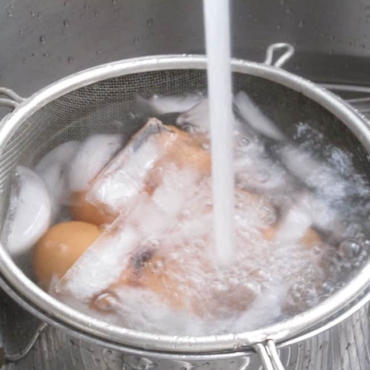
Photo source: http://tinyurl.com/5rrf9c8k
Once boiled, let the eggs cool for a few minutes. Gently tap the top of the egg to crack the shell, then peel it away. Be careful not to damage the embryo inside.
8.) Seasoning the Balut
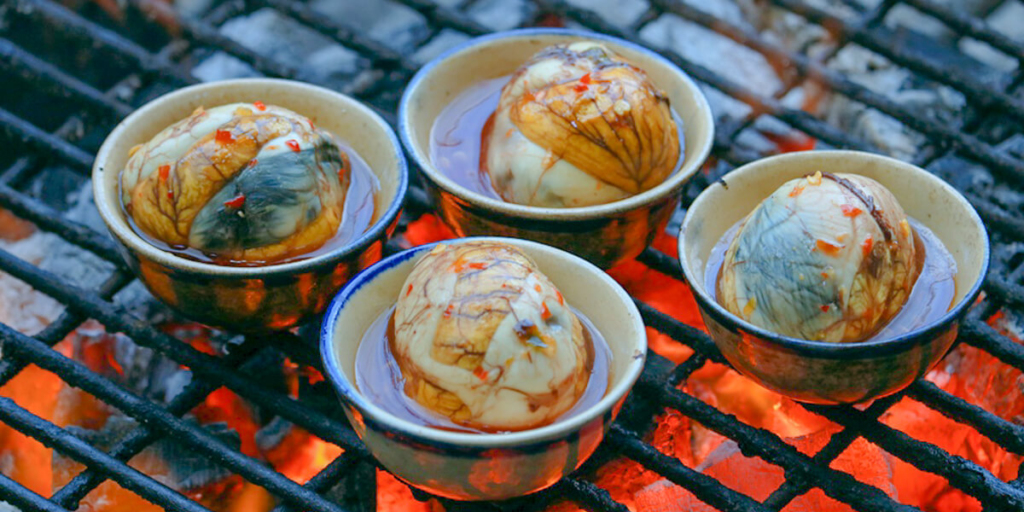
Photo source: http://tinyurl.com/bdzv6xnw
Some people prefer to season their balut with salt, pepper, or a combination of spices. You can add these seasonings according to your taste preferences.
9.) Serving
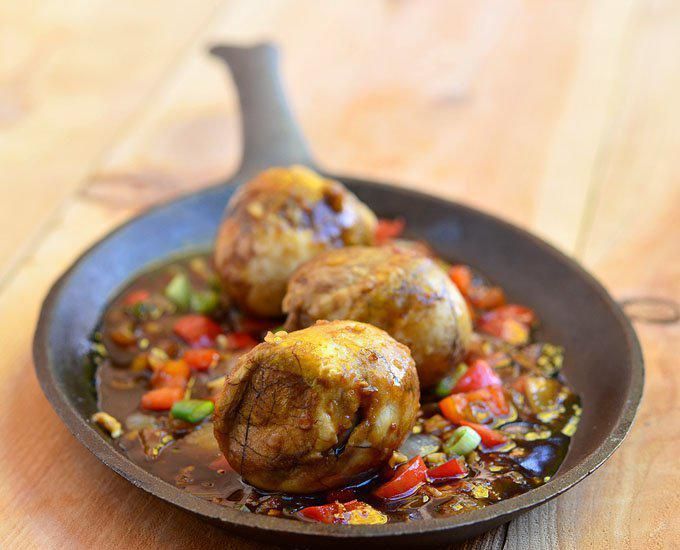
Photo source: http://tinyurl.com/3jhbn5xs
Balut is traditionally served warm. Some enjoy it with a pinch of salt, others with a dash of vinegar or a combination of salt and pepper.
10.) Enjoying the Experience
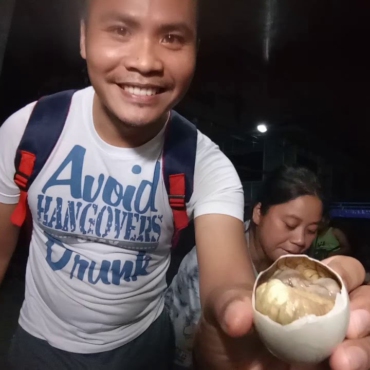
Photo source: http://tinyurl.com/3jvbartx
Balut is often more than just a dish; it’s an experience. Share it with friends or family, and consider embracing the cultural aspect by engaging in storytelling or creating a communal atmosphere.
The Culinary Adventure: Flavors and Textures
Balut is more than just a dish; it is a sensory adventure that challenges and delights the taste buds. The broth, infused with the essence of the developing embryo, provides a savory and comforting flavor. The egg white offers a firm yet mild taste, creating a textural contrast to the richer, heartier duck embryo. It is this intricate interplay of flavors and textures that defines the Balut experience, making it a culinary journey like no other.
Balut’s Nutritional Benefits
Beyond its cultural significance, Balut boasts a range of nutritional benefits. Rich in protein, essential minerals, and vitamins, it serves as a valuable source of nutrients. While the caloric content may be relatively high due to the presence of the egg yolk, Balut contributes to overall health by providing a well-rounded array of essential nutrients.
For those seeking a nutrient-dense option, Balut stands out as a unique and wholesome choice within the realm of street food. Its nutritional profile adds a layer of substance to its reputation as more than just a delicious snack.
Cultural Importance and Social Significance
Balut goes beyond being a culinary delight; it is deeply embedded in Filipino cultural traditions. Often enjoyed during celebrations, festivals, and social gatherings, Balut becomes a communal experience that fosters social bonding. The act of consuming Balut is accompanied by storytelling, laughter, and a sense of shared cultural identity.
In Filipino culture, Balut is not merely a dish; it is a symbol of resilience, resourcefulness, and the ability to turn something seemingly ordinary into an extraordinary experience. Its presence at festive occasions reinforces the idea that food is not just sustenance; it is a means of connection and celebration.
Balut in the Global Culinary Landscape
While Balut has been a staple in Filipino street food culture for generations, its unique nature has brought it into the global spotlight. Travelers, food enthusiasts, and culinary adventurers from around the world seek to explore the authenticity and diversity of global cuisines, and Balut has become a noteworthy part of that exploration.
However, the global reception of Balut is not without its controversies. The idea of consuming a partially developed duck embryo can be met with mixed reactions. Some embrace it as an exotic and authentic experience, while others may find the concept less appealing. Nevertheless, Balut’s presence on international menus and food shows reflects its status as a unique culinary phenomenon with the power to spark curiosity and conversation.
The Ongoing Debate Surrounding Balut
Despite its popularity, Balut remains a controversial dish, often sparking discussions about cultural diversity, culinary boundaries, and ethical considerations. The debate surrounding Balut revolves around personal preferences, cultural understanding, and the acceptance of diverse culinary practices.
For those willing to embrace the adventure, Balut offers an opportunity to step outside culinary comfort zones and explore flavors and textures that may be unfamiliar. As the global culinary landscape becomes more interconnected, the debate surrounding Balut serves as a microcosm of the broader conversation about cultural acceptance and the appreciation of diverse gastronomic experiences.
Conclusion
Balut, with its rich history, intricate preparation process, nutritional benefits, cultural importance, and global reception, stands as a symbol of the diverse and dynamic nature of Filipino cuisine. Beyond its exterior, Balut encapsulates the essence of shared experiences, cultural pride, and the ability of food to transcend borders.
Whether one approaches Balut with trepidation or excitement, its significance cannot be denied. It invites us to explore not only the culinary landscape of the Philippines but also the broader world of global gastronomy. As we savor the flavors and textures of Balut, we embark on a culinary journey that celebrates diversity, fosters understanding, and invites us to appreciate the richness that different cultures bring to the table.
Posted by: Charles Leo G. Dela Rosa

